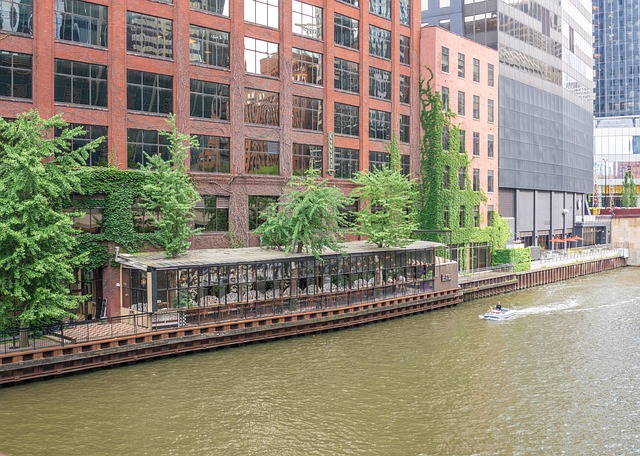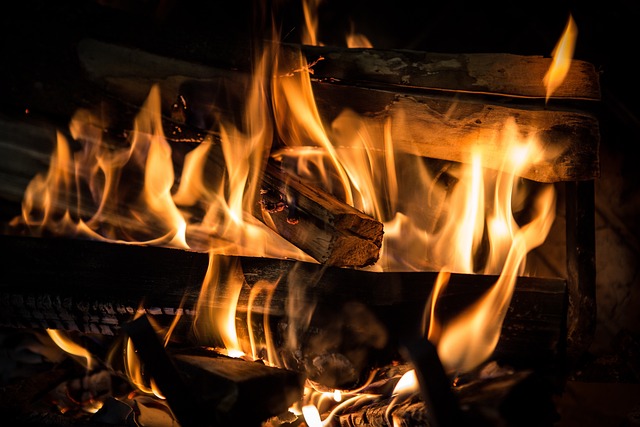Selling a fire-damaged property in Chicago requires understanding the intricate restoration process, from initial damage assessment and repair estimates to ensuring compliance with local building codes. Documenting all damage, seeking professional estimators, and prioritizing safety are crucial steps. Transparency about the extent of damage and necessary repairs is key to attracting buyers. Navigating insurance claims involves thorough documentation and comprehensive restoration estimates. By strategically assessing, documenting, and presenting the property, Chicago homeowners can successfully market their fire-damaged properties while being fair to potential buyers and contractors.
“Fire damage can be devastating, but understanding the repair process in Chicago is crucial for homeowners. This article guides you through the intricate steps of fire damage restoration, from assessing the scope of damage to navigating insurance claims. Learn how to get accurate estimates and prepare for selling your fire-damaged property in the competitive Chicago market. Discover common challenges and effective solutions, ensuring a seamless transition after a fire. Start rebuilding today with our comprehensive insights.”
- Understanding Fire Damage Restoration Process in Chicago
- Assessing the Scope of Fire Damage to Your Property
- How to Get Accurate Fire Damage Repair Estimates
- Navigating Insurance Claims for Fire Damaged Properties
- Tips for Selling a Fire Damaged Home in Chicago Market
- Common Challenges and Solutions in Fire Damage Restoration
Understanding Fire Damage Restoration Process in Chicago

After a fire, understanding the restoration process is crucial for anyone looking to sell their fire-damaged property in Chicago. The first step involves assessing the extent of the damage. Professionals will inspect your home, categorizing the affected areas as partial or total loss, and determining the scope of repairs needed. This detailed evaluation forms the basis of your fire damage repair estimates.
The restoration process itself is a multi-step procedure designed to restore your Chicago property to its pre-fire condition. It includes cleaning and decontaminating the space, repairing or replacing structural elements, rebuilding damaged rooms, and restoring personal belongings if salvageable. Throughout this process, reliable restoration companies prioritize safety and adhere to local building codes, ensuring that your home meets all necessary standards before it’s ready for sale.
Assessing the Scope of Fire Damage to Your Property
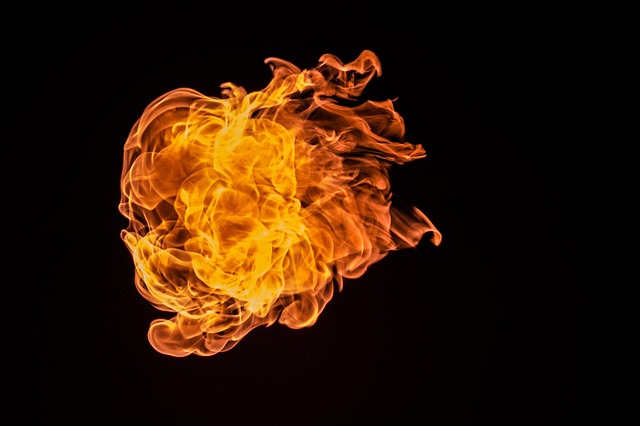
After a fire, assessing the damage is crucial before selling your fire-damaged property in Chicago. The first step is to document everything—from minor smoke stains to extensive structural harm. It’s important to note that professional estimators can help navigate this process by thoroughly examining every corner and surface of your home or building. They use their expertise to identify not just visible damage but also potential hidden issues like warped framing, blackened electrical components, or damaged insulation that could impact resale value.
Consider that fire damage repair estimates in Chicago vary widely based on the severity of the incident. Some properties might only require cosmetic repairs, while others may necessitate total restructuring. When preparing your property for sale after a fire, prioritize safety and adhere to local building codes during renovation processes. This not only ensures a higher chance of selling but also protects potential buyers from future hazards. Remember that transparency about the extent of previous damage is key in the Chicago real estate market, so consult with experts to provide accurate information on your property’s condition.
How to Get Accurate Fire Damage Repair Estimates
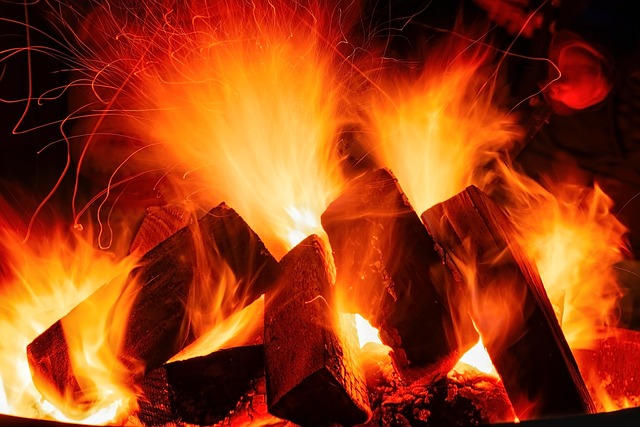
When dealing with fire damage, accuracy in repair estimates is paramount. The process begins with a thorough inspection of the affected property in Chicago. Professional estimators assess every detail, from structural integrity to the extent of the burn and smoke damage. They examine personal belongings, furnishings, and fixtures, documenting everything for a comprehensive report. This detailed approach ensures that the estimate aligns precisely with the needs of selling fire-damaged property in Chicago.
Estimators then factor in labor costs, materials, and any specialized repairs required. They may also consider the potential need for decontamination or mold remediation, especially if water damage accompanied the fire. By combining these elements, estimators provide homeowners with a clear picture of the financial commitment involved in restoring their property to its pre-fire condition, streamlining the process of selling fire-damaged property in Chicago.
Navigating Insurance Claims for Fire Damaged Properties
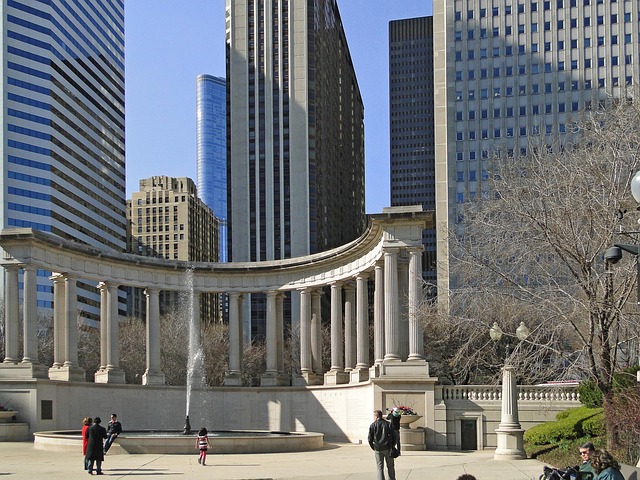
Navigating insurance claims after a fire can be a complex process, especially for Chicago homeowners facing the aftermath of such a destructive event. The first step is to document every aspect of the damage, taking detailed photos and keeping records of all expenses related to temporary housing, relocation, and initial cleanup efforts. These will become crucial when presenting your case to insurance providers.
When it comes to selling fire-damaged property in Chicago, transparency is key. Inform potential buyers about the extent of the fire damage and any necessary repairs. Many insurance policies cover reconstruction costs, so having a comprehensive estimate for restoration work can aid in the claims process. This includes assessing structural integrity, electrical systems, plumbing, and replacing personal belongings or fixtures that were damaged or destroyed in the fire.
Tips for Selling a Fire Damaged Home in Chicago Market

Selling a fire-damaged home in Chicago can be challenging, but with the right approach, it’s definitely achievable. The first step is to accurately assess the damage and get professional estimates for repairs. This includes structural repairs, smoke deodorization, and replacing damaged or destroyed belongings. Once you have a clear picture of the scope of work, create a detailed list of repair items to present potential buyers. Highlight that the property is being sold as-is, but emphasize the possibilities it holds after the renovation.
Market conditions in Chicago can be competitive, so showcasing the potential for a beautiful transformation is key. Consider hiring a professional contractor to demonstrate the feasibility and quality of repairs. Stage the home to emphasize its best features and de-emphasize the damage. Finally, be transparent with buyers about the fire history but present it as an opportunity for a fresh start. By following these tips, you can make your fire-damaged property more appealing in the Chicago market.
Common Challenges and Solutions in Fire Damage Restoration

Fire damage restoration in Chicago presents unique challenges, but professional teams are equipped with solutions to navigate these complexities. One significant hurdle is assessing and mitigating structural instability caused by fire, smoke, and water. This often requires specialized knowledge to determine which materials can be salvaged and which need replacement, especially when dealing with hidden damage beneath surfaces.
Professional restorers in Chicago employ advanced techniques and tools for thorough cleaning, including odor removal and decontamination. They address the sensitive issue of selling fire-damaged property by providing transparent estimates that itemize repairs, replacements, and potential reconstruction costs. This process helps Chicago homeowners make informed decisions about rebuilding or selling, ensuring they receive fair compensation for their fire-affected assets.
When navigating the complex process of fire damage repair in Chicago, understanding each step and gathering accurate estimates is vital. By assessing the scope of damage, engaging professionals for honest appraisals, and familiarizing yourself with insurance claims procedures, you’ll be better equipped to sell your fire-damaged property in the Chicago market. Remember, a well-informed approach can make all the difference in ensuring a smooth transition and maximizing your recovery potential.


